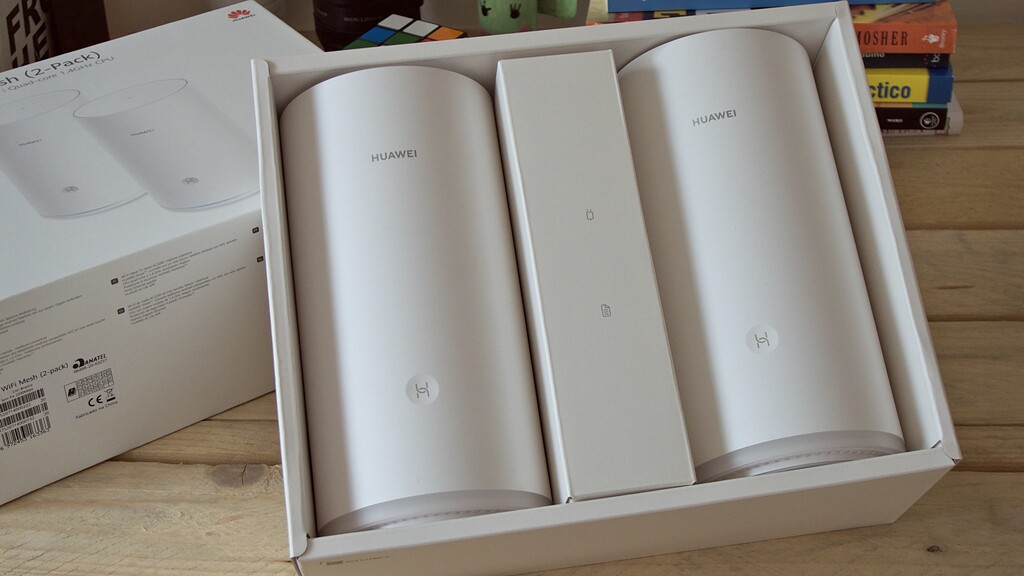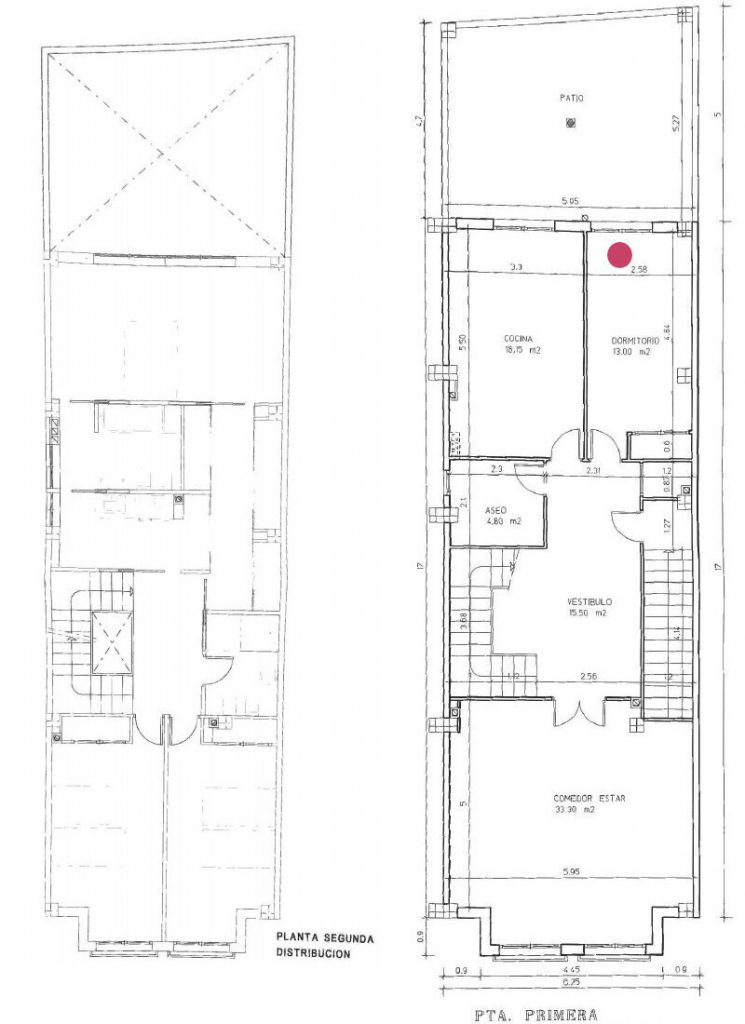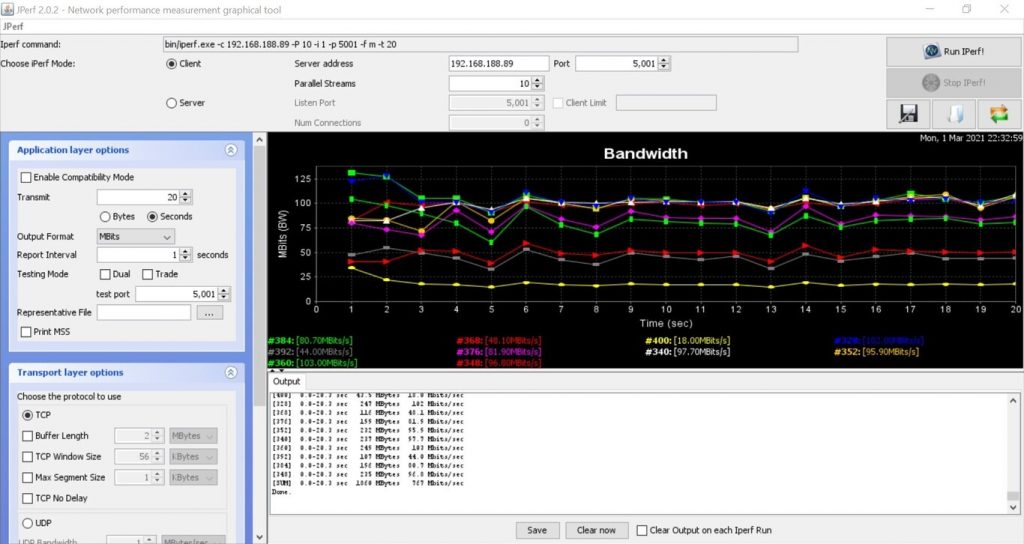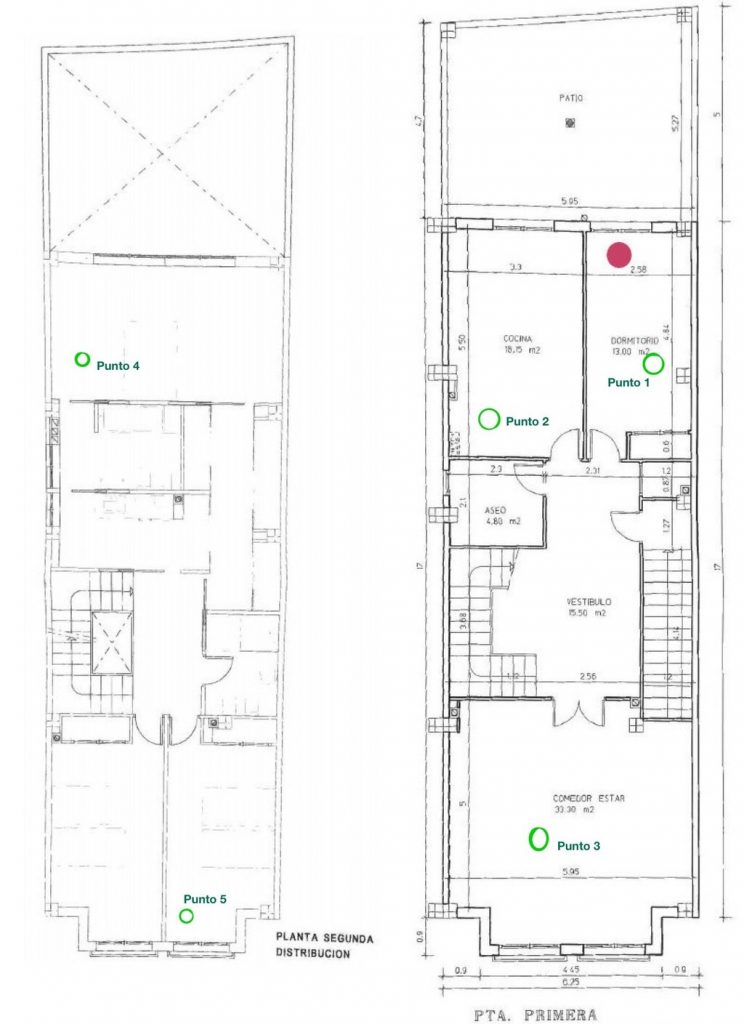Although its presence in the smartphone market is what has given it relevance in the consumer world, it should not be forgotten that Huawei is one of the world powers in connectivity.
It is logical then that your pack of Huawei Wifi Mesh routers to have a meshed WiFi network at home has the potential to be very important in the market. In Technoeager we have put it to the test thoroughly.
Huawei Wifi Mesh Specifications
| DIMENSIONS AND WEIGHT | 104 x 210 mm 580 grams |
|---|---|
| INTERFACE | WAN: 1 x 10/100/1000 Mbps Ethernet LAN: 3 x 10/100/1000 Mbps Ethernet |
| SAFETY | Algorithms Anti-brute force, Firewall, WPA-PSK / WPA2-PSK, DMZ, PAP / CHAP, Protection against DMZ / DoS attacks … |
| WIRELESS CONNECTION | 802.11ac / n / a 2 x 2 802.11ac / n / a 2 x 2 802.11b / g / n 2 x 2 MIMO |
| SOFTWARE | Huawei Share for one-touch connection via NFC, Huawei HiLink & 802.11v protocol, IPv4 / IPv6, PPPoE / DHCP / static IP for WAN connections, Wi-Fi timer, Wi-Fi for guests, device speed limiting, filter for MAC addresses, Parental control, VPN passthrough, virtual server / DMZ … |
| BACKHAUL | Return dedicated connection 5 GHz (2.4 GHz allows switch) Support Ethernet cable |
| APP | Huawei AI Life |
| PROCESSOR | Gigahome Quad-core 1.4 GHz CPU |
| MEMORY | RAM: 256 MB Flash: 128 MB |
| BUTTONS | H button for sync and WPS On / Off Reset |
| LED INDICATOR | Yes |
| FEEDING | 12V DC, 2A Consumption less than 24W |
| PRICE | 2 units: 179 euros 3 units: 249 euros |
This mesh system can be purchased with two or three routers, depending on the final surface that we want to cover with the mesh network. The maximum range it would cover would be 600 square meters with the three-item pack.
In our case we have put the kit to the test with two mesh elements. Here we do not have a router or main point and a repeater. The two routers are identical and ready to act as an access point or main router interchangeably.
Huawei routers have a considerable size (21 cm high) but the careful design makes them perfect to place in any room
It is striking that we are facing two routers of considerable size and weight. Despite this, the white design, elongated and without fanfare, allows that, like other mesh routers, there is no problem in its being integrated wherever we decide to place it. Be it a modern work table or the most classic desktop console that we can imagine.

A point very in favor of this HUAWEI WiFi Mesh kit is the amount of Gigabit Ethernet ports they offer. They have one dedicated to the operator’s router providing connectivity (WAN) and then the user has three other LAN ports ready to connect different devices directly by cable.
And let’s not forget that they are Ethernet backhaul equipment (also Backhaul for the 5 GHz band) with which the units are linked by cable.

Regarding the main technical characteristics, this Huawei Mesh Wifi router is a device that supports a signal rate of up to 2134 Mbps (400 Mbps in the 2.4 GHz band and 1734 Mbps in the 5 GHz band).
On a technical level we miss that this mesh kit is not a device with Wifi 6 connectivity or WPA3 encryption
As major absences, it should be mentioned that we are not facing a Wifi 6 router but it is a 2×2 MIMO 802.11ac / n / a. Nor does it incorporate another increasingly essential element such as WP3 encryption.

Among the interesting extras we have the Huawei Share technology so that, via NFC, any user with an Android phone can connect to the guest network without entering a name or password.
Mesh network configuration
Once the router that we are going to use as the main element to that of our operator is connected, the configuration is quite intuitive and straightforward. One of the fastest that we have recently analyzed.
The new element creates an open network to which we must connect from a device to, later, put a name and password to the new WiFi mesh network. After this step, the router’s LED indicator light turns from red to blue. (Although it is not annoying, we can turn it off or on manually from the router’s configuration app, as well as at night automatically)
Once the name and password of the new Wifi mesh network have been chosen, its configuration and control goes through the Huawei AI Life application.
In it, from a pleasant and simple interface, we can manage essential aspects of the mesh network. It does not support deep configuration of other routers but it is not too much on the surface either. There is also a web interface available but with the same options as in the app.
For example, we can choose if we want the router to change bands automatically or we can decide the name and password of each of the three possible bands (one of 2.4 GHz and two of 5 GHz). We can also vary the intensity of the signal between three levels (low, medium and maximum), control interference with other signals in the environment by changing the channel or manage router updates.
With the Huawei AI Life app we can manage the configuration of the equipment and the network in a balanced way
The parental controls are also present, but so rudimentarily. Basically what we can do is know the connected devices as well as limit the bandwidth or the time of connection to the network. We can also program the network off and on in a general way.
HUAWEI WiFi Mesh Performance Test
As in previous tests of network devices, we have the main router next to that of the operator. The objective is to cover with this two-element kit a single-family home of around 300 square meters distributed in three heights.
The test kit, prepared for about 450 square meters, should be sufficient, although for the final performance the positioning of the repeater in an optimal point as well as the number of rooms and their distribution comes into play.
The exact location of Huawei’s main router is marked on the following map, as we see with direct exit to the outside and cornered on the first floor.

The first test, as usual in our test, is the LAN-LAN. We did it by connecting a desktop computer to one of the router’s Gigabit ports and we measured the transfer speed and stability of the network with the jPerf software, obtaining data of 1033 Mbps and 970 Mbps in the tests with 10 and 100 threads respectively.
Next, with the two routers already configured as a mesh network, we start the usual measurements at the points marked on the following plan of the house. The WAN tests were carried out with a 2×2 MU-MIMO laptop (Intel AX200 network card), which we moved to the test points of the home.

The test, in order not to depend on the Internet connection contracted with our operator, we also carried out using the iPerf software. The laptop remains connected via WiFi to the server at all times (desktop computer connected via Gigabit Ethernet to the test router).
We carry out the measurements both by forcing the connection to the 2.4 and 5 GHz band individually, and by letting the system choose the most optimal one at all times.
Forcing the connection to the 2.4 GHz band, which offers us a theoretical maximum throughput of 400 Mbps, the measurements at the different points were as follows:
If we force the connection to the 5 GHz network, the measurements at each point were as follows, with a theoretical maximum of 867 Mbps :

Finally, the following graph shows the performance of this Wifi mesh system when we keep the three bands enabled (1×2.4 GHz and 2x5GHz) and let the system decide which one is best to connect to, compared to the choice of band forcefully.
As we see in the graphs and data, the performance of the Wifi mesh network created by Huawei’s system offers a lower performance than that of previously tested AC2200 WiFi systems but maintains the usual loss rate that we have averaged, even with very good figures in the 5 GHz band throughout the first floor.
In terms of coverage, the Huawei Wifi Mesh system already claims to be an entry / mid-range model and has offered better results on the second floor, especially compared to the Wifi 6 models that we have tested in Engadget.
HUAWEI WiFi Mesh, our opinion
Finding affordable Wi-Fi mesh solutions with good overall performance is getting easier every day. This HUAWEI WiFi Mesh is one of the most balanced options on the market.
With one of the simplest and fastest configuration that we have used so far, the HUAWEI WiFi Mesh stands out for its performance in the 5 GHz band even though the coverage has room for improvement, as well as in the balance of possibilities of its app and the high connectivity with its three Ethernet ports, where it hardly has a rival in its price range. Too bad it is not yet Wifi 6.